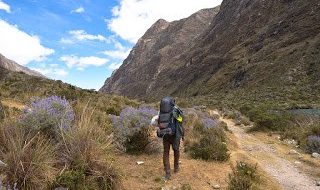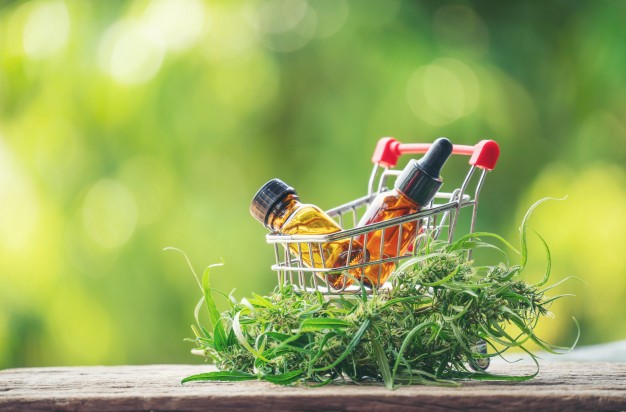
It?s no surprise cannabidiol (CBD) occupies a considerable part of Europe?s largest market of health and wellness products, particularly in the UK. But, unfortunately, this area is mainly unregulated all around the world. Consumers don?t have guarantees that their expectations about the quality of the composition will be met. From the perspective of a CBD consumer, this looks like a confusing shopping experience. But don?t panic, in this article you will find out what to look for in a composition, things to avoid and how to choose a product effectively.
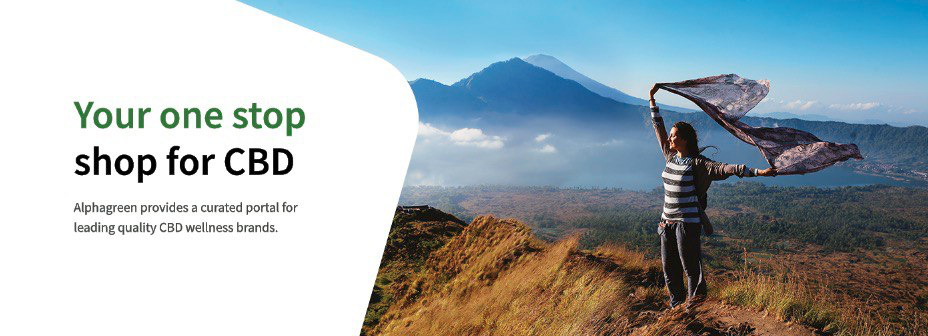 Get your personalised CBD selection
Get your personalised CBD selection
First of all, let?s clarify how CBD market is controlled and what role the government plays in this process?
We will lie to you if we say that European CBD products are 100% unregulated. Different CBD products are regulated by plenty of rules at the EU and national levels, but this doesn?t mean an average consumer knows what they buy exactly. There are no CBD-specific regulations or standards, that will help you understand the exact composition of the products.

The EU General Food Law wants all food to be safe for consumers. That?s why they ask different companies and businesses to be responsible for the food they produce and sell. However, such rules don?t work when we talk about CBD manufacturers. They don?t need to share detailed information about what their products consist of. No surprise, most CBD companies misinterpret or ignore all regulations in relation to manufacturing CBD products.
And this is where ?bad guys? come into play. Many companies take advantage of this loophole and sell products of poor quality.
Beautiful packaging is great, but it is far more important what is in it. In the CBD industry, asking for quality and safety proofs is a real must. In this case certificate of analysis is the most reliable source of information.
What is a Certificate of Analysis (COA)?

A Certificate of Analysis, or COA, is a document issued by an accredited laboratory that includes a full composition of a product. For CBD, a Certificate of Analysis should include a total list of cannabinoids, microbiological levels, terpenes, and possible contaminants such as pesticides, solvent residue or heavy metals.
Why is COA essential?
When a product is accessible on the market, it can be challenging to determine whether it?s good or bad with such a variety of choices. The lack of specific industry standards generates incorrectly labeled products and half-knowledge about the item for a prospective buyer.
Such a problem affects product quality and deceives customers about what they are really paying for.
However, labeling alone is not enough. Nowadays, customers don?t pay attention to product content. This is the reason COAs are a must-have for reliable, law-abiding CBD manufacturers. They unveil a true composition for each product.
Always check COA before using a CBD product.
COAs aren?t always easy to get to your hands on. You may need to reach out to the company to buy it.
However, once you receive your product, there should be a QR code on the label that you can scan and see a webpage with the product?s COA. Using the QR code is easy ? scan it with your phone and get the COA.

Where else can you find COA?
- Just ask before buying. Don?t be afraid to contact companies directly and ask questions. They should be able to provide you with COA and other information that you need.
- Google it. Many companies have information online.
- Third-Party Labs. Product testing is a good place to gather information on the safety of consumption.
Such labs can provide information about a wide choice of products:
- CBD oil;
- cannabis plant material including flowers, leaves, and pollen;
- CBD isolate, powder & crystals;
- CBD e-liquid; CBD tea;
- CBD food including ?gummies? & mints;
- CBD patches (Both paper & fabric type) and also hemp seed oil.
In addition to communicating directly with the brand you?re interested in, try to find as much information as possible on different online resources. You can also discover new brands and products, get more insights about this topic and educate yourself.
When you find a Certificate of Analysis for a specific product, it?s important to be able to interpret the provided information.
How to read a COA?
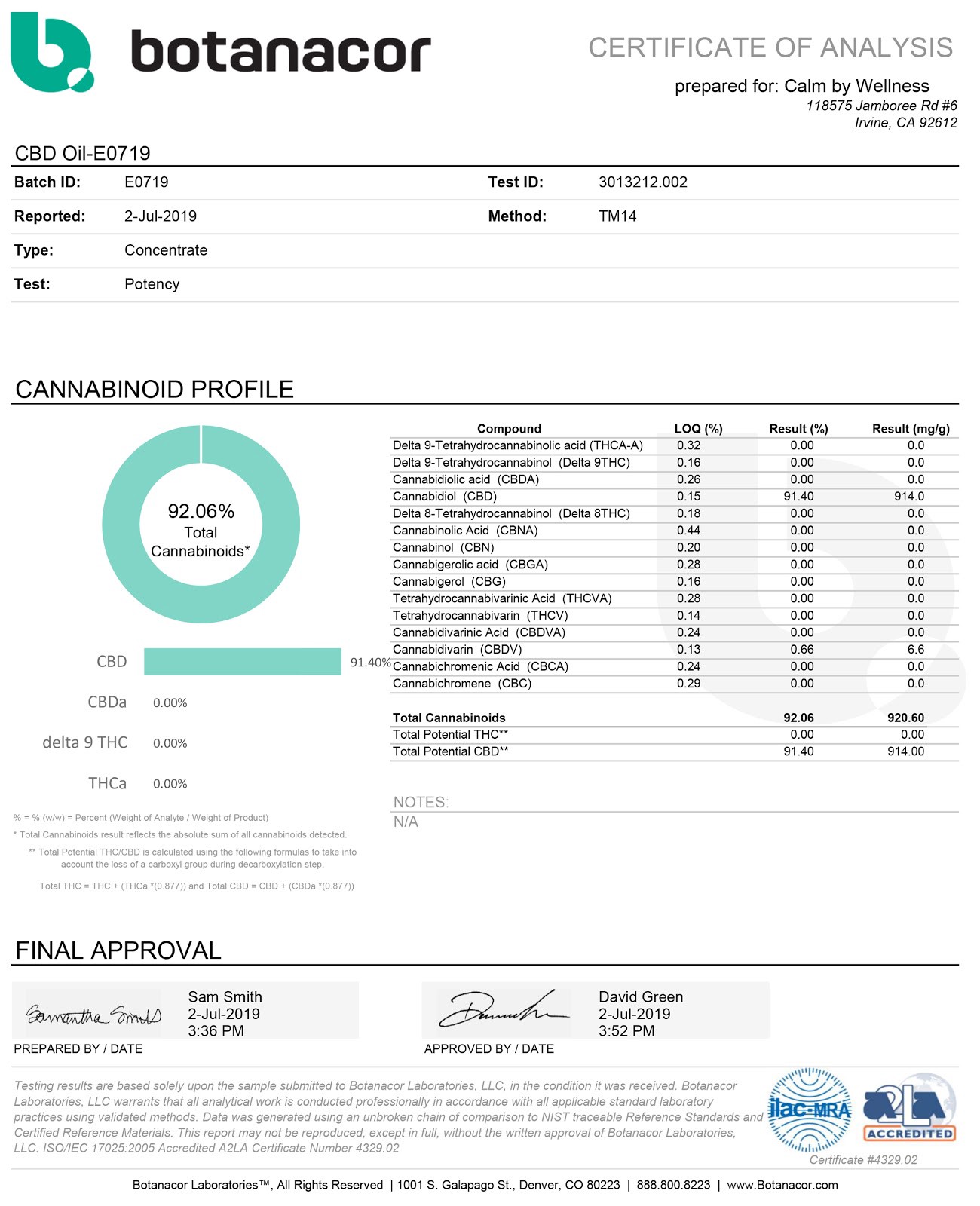
Once you open a COA it is easy to get overwhelmed by the terminology and the amount of information. Not to worry, we will explain what each part means.
Check who carried out the analysis.
It shouldn?t be a manufacturer or a company. Only an accredited laboratory is able to give precise results. Having a third-party lab test provides an accurate report and gives you 100% accurate information about the product composition.
You will find information about the product: when the test was held, who executed it, and who requested it. Each COA has its certificate ID. It can be quite useful to identify the test in case of disputed results.
Usually, test results in COA are shown in one of the following ways:
- Milligrams (mg) of CBD in the full product
- Milligrams (mg) of CBD per gram (g)
- Milligrams (mg) of CBD per milliliter (ml)
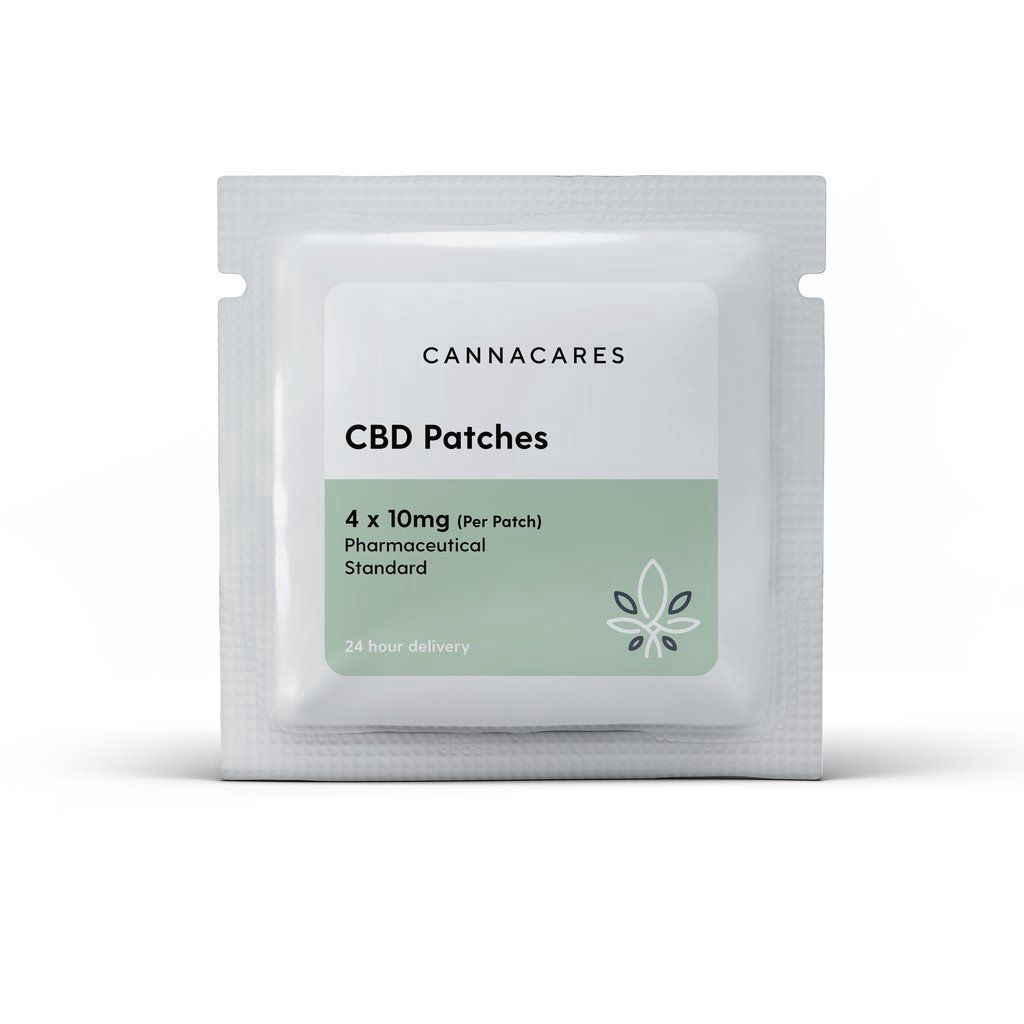 Cannacares CBD transdermal patches (9.99) are great at treating localised pain. Or if you experience pain if you?re sitting for long periods of time. Equally, people can experience muscle tension pain daily from long-distance driving. Or even in jobs where you?re required to sit or stand ? for long periods of time. Tension can occur if you don?t regularly stretch or exercise. Also, bad posture plays a contributing factor. So simply apply a patch to clean the area of your skin to experience the benefits from this powerful plant!
Cannacares CBD transdermal patches (9.99) are great at treating localised pain. Or if you experience pain if you?re sitting for long periods of time. Equally, people can experience muscle tension pain daily from long-distance driving. Or even in jobs where you?re required to sit or stand ? for long periods of time. Tension can occur if you don?t regularly stretch or exercise. Also, bad posture plays a contributing factor. So simply apply a patch to clean the area of your skin to experience the benefits from this powerful plant!
MG per G
When there is a measurement of the CBD amount per gram, you need to know the total weight of a product in grams. The weight doesn?t include the packaging. Most products don?t include weight information on their packaging so you may need to check if it is written in COA.
MG per ML
This type of measurement is used only for liquids and is easier to calculate. Take the total amount of a product in milliliters and multiply it by the amount of CBD.
Liquid tinctures always indicate full volume on the label (such as 1oz or 30 ml).
Now to the most exciting part. What does your product consist of?
Cannabinoids
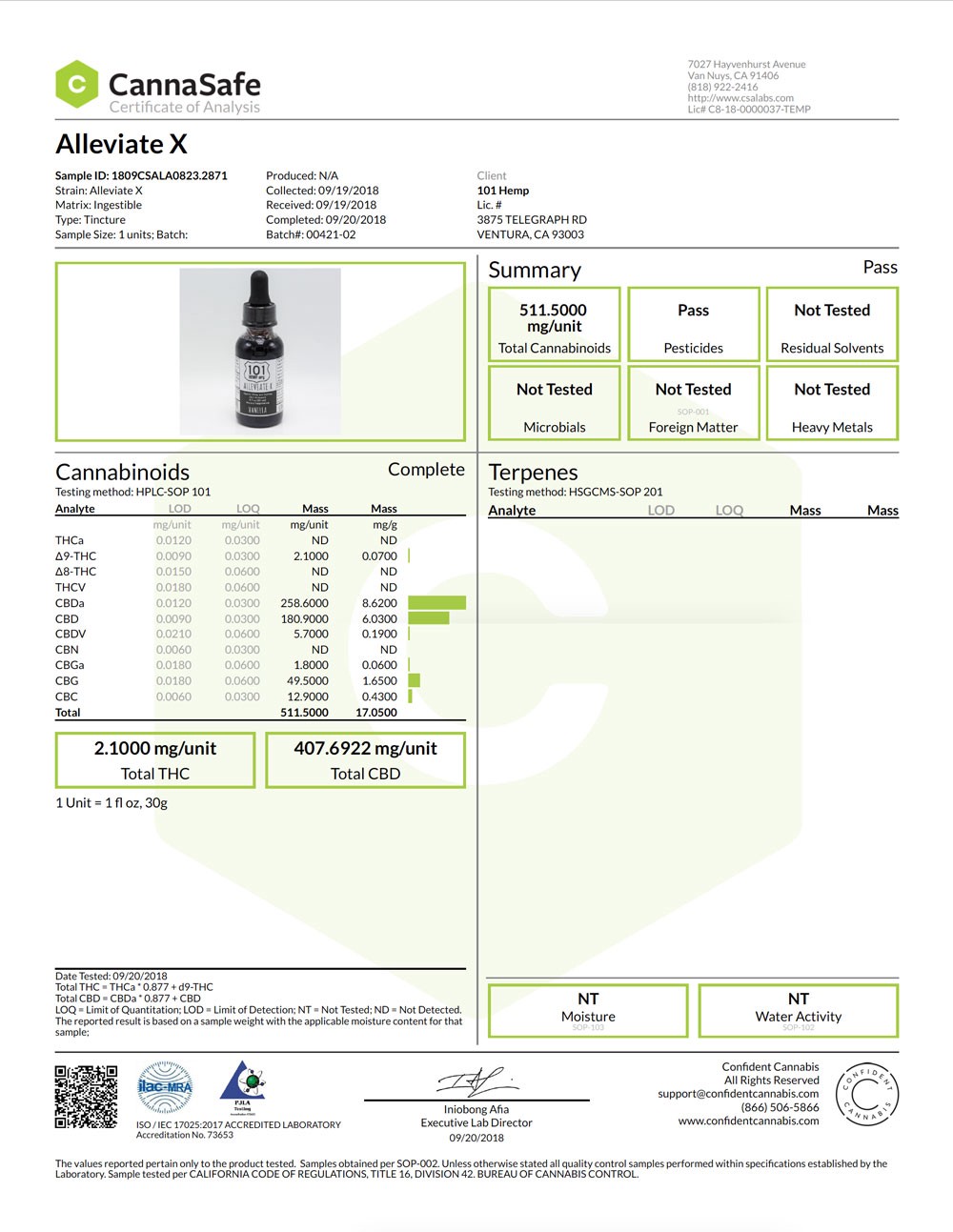
Common cannabinoids that you will see in COA include:
- CBG ? Analgesic, anti-inflammatory, bone stimulant, anti-bacterial, anti-parasitic.
- CBC ? Analgesic, anti-inflammatory, anti-bacterial, anti-fungal, anti-depressant.
- CBN ? Analgesic, antispasmodic, anti-insomnia.
What about other definitions?
At the top of the table you will see three abbreviations:
LoD (Limit of Detection), LoQ (Limit of Quantitation), and LoB (Limit of Blank). These are terms that are used to describe the smallest concentration of a measurand that can be reliably measured and calculated by an analytical procedure.
Is there any difference between LoD, LoB, and LoQ?
LoD is the lowest analyte concentration likely to be reliably distinguished from the LoB and at which detection is achievable. LoD is determined by utilizing both the measured LoB and test replicates of a sample known to accommodate a low concentration of an analyte.
LoQ is the lowest concentration that may be equivalent to the LoD, or it could be at a much higher level. The analyte can not only be reliably identified but it is also possible to define at which level some predefined goals for bias and imprecision are reached.
LoB is the highest apparent analyte concentration expected to be located when replicates of a blank sample containing no analyte are tested.
Having a standard cannabinoid test is already great, but if you want even more information, you can find full panel lab tests. They will provide not only the concentration of cannabinoid, but also a full list of other components such as molds, pests, or heavy metals, that can be harmful in the wrong amounts.
Microbial
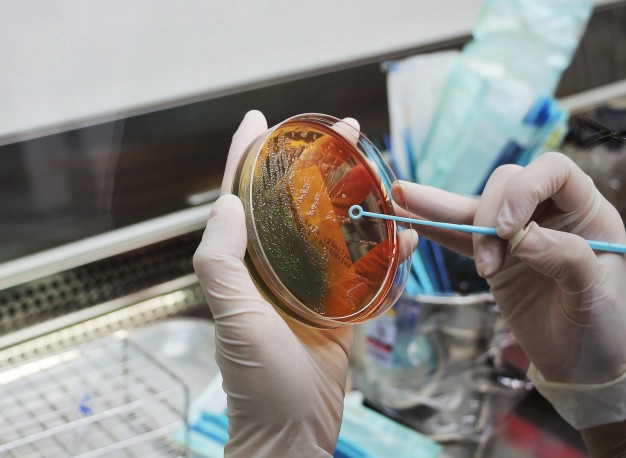
It?s no secret that plants have different microbes and bacteria. But when you buy a product you don?t want them to get into your body. Thus, a microbial test provides all information about microbiological contamination such as salmonella, yeast, and molds.
Some people have a weak immune system and cannot tolerate any contamination, and some have medical conditions that prohibit them from consuming even ?safe? levels of these microbes.
What should we pay attention to in the microbe test?
ND refers to ?none detected? while less than 10 cfu/g refers to the bacterial colony count for the sample with cfu standing for ?colony forming units?. If the level is not safe, it has to be indicated as such. But the customer wouldn?t see it because it wouldn?t be allowed on the market.
Residual Solvents and Heavy Metals

While plant processing cannabis buds get heavy metals through the soil and from contact with manufacturing equipment, they may continue to accumulate these compounds from contamination from leaking metal coils that seep into the elixir in vape tubes. That is why the exact amount of heavy metals that can be present in cultivated crops is determined.
Lead, methyl, mercury, and arsenic are dangerous components for your health. Make sure your product doesn?t contain them and other heavy metals.
Pesticides

Since we are talking about a plant, we cannot avoid having pesticides. However, when viewing the test, make sure that the pesticide content doesn?t exceed the norm.
Also, in the lab report, you may see nutritional supplements of Coconut Oil and CBD Hemp Oil. If you have allergies, it?s also something important to pay attention to.
Terpenes

Much like other cannabinoids, terpenes are usually not something to be worried about, and can even enhance a product. Many terpenes have been found to have medicinal and therapeutic value. If the certificate indicates the terpenes found in the extract, this is simply a bonus.
Terpenes are known to contribute to the taste and aroma of plants, and cannabis is no different. Having a list of the terpenes may even provide you with an indication of the taste and smell of the product.
More to know about terpenes here.
Signs you shouldn?t buy a product.
If you don?t want any surprises, keep in mind to always check the Certificate of Analysis.
When you get a Certificate of Analysis, view the document carefully and don?t forget to pay attention to the following points.
- If the THC amount is above the norm, or CBD amount is below the norm.Cannabis oil cannot contain above 0.3% THC. If the percentage is higher, then it?s considered marijuana and may not be legal. Also, it?s crucial to make sure the Certificate of Analysis reflects the advertised CBD content on your product?s label.
- If the list of cannabinoids is too short.Remember, in addition to CBD the COA cannabinoids list should contain at least small amounts of CBDa, CBG, CBC, CBN, and/or other cannabinoids.
- If there is an excess or lack of components.You already know about key points in Certificate of Analysis and what data this list should contain. Strange components or missing ones can be a sign that something is wrong with the COA. This may be caused by testing beyond a special accredited third-party lab.
- If the test is well outdated.Always check the date, lot number, and the photograph of the packaging. If the test date was a long time ago, the lot number doesn?t match it, or the product packaging has changed, COA may be invalid.
What if CBD oil doesn?t have a COA?
 Getting a tattoo should never be a daunting process. In view of that, IGNITE contrived a perfect product that prepares you before, during and after you get your masterpiece!
Getting a tattoo should never be a daunting process. In view of that, IGNITE contrived a perfect product that prepares you before, during and after you get your masterpiece!
If there is no transparency and no quality guarantee provided by the brand, it?s a good idea to consider a different product. Good brands care about the health of their consumers, they want to provide the best quality and most importantly ? products that are safe to use. Therefore for companies that have the best interest of their customers in mind shouldn?t have any problems providing lab test results.
However, as a competition among companies reaches unexpected heights, many brands find new ways to attract new customers. Most of them come up with a trick about certified organic CBD oil.
As for now, only a few companies sell organic CBD oil, due to the difficulties of getting organic certification for hemp products. Let?s look at the reasons why this happens.
When a company wants to sell their products as organic, they need official certification. Of course, organic crops must adhere to several strict requirements, from soil conditions to plant processing and different quality control procedures.
The assessment of whether a product is organic or not depends on the following:
- The cropping effect on the ecosystem
- Pollution risk during manufacturing, use or disposal
- Compatibility with sustainable farming practices
- The crop importance as a source of food or medicine
However, a product might not be 100% organic which is often omitted in the labels. Here is a little tip on how to make sense of the labels:
- 100% organic ? all ingredients and practices are certified as natural.
- Organic ? a product contains no less than 95% organic ingredients with some chemical additives.
- Made with natural ingredients ? only some of the components are organic.
But what even makes such product organic?
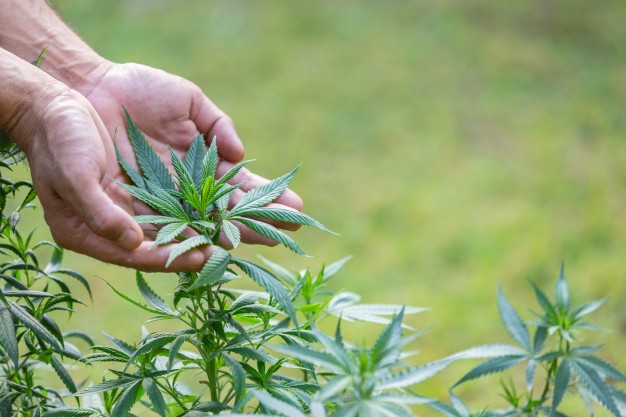
Crops of the farmers should meet some standards. There are five crucial rules to sell an organic product.
- Untouched hemp seeds. No chemical components in the composition. The plant seeds must be pure and free of any interference.
It?s strictly forbidden to use feminized or otherwise modified seeds for an organic crop.
Soil quality. Hemp plants can be certified as organic if the soil is right ? they need to be 100% naturally fertilized.
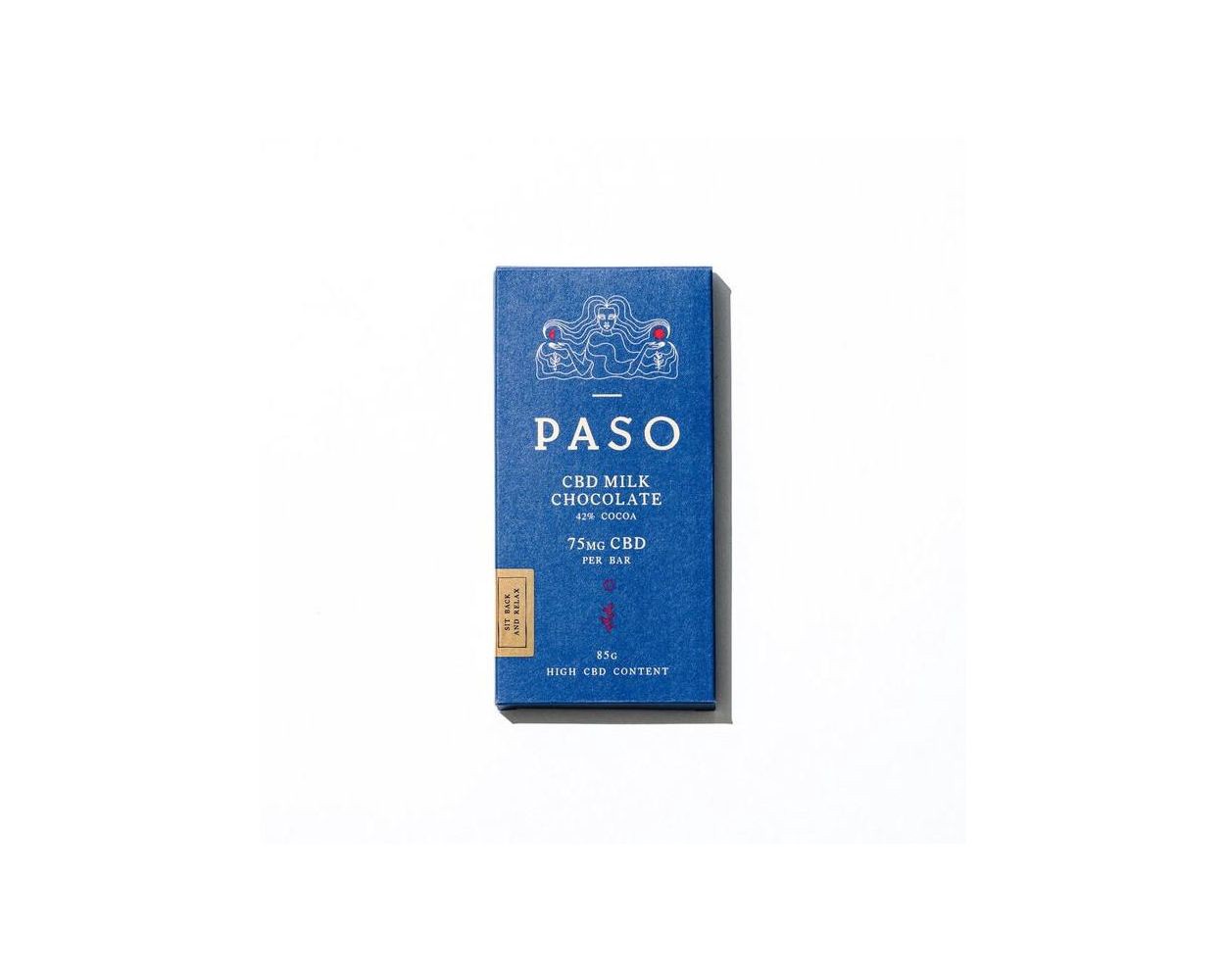 Silky smooth ? Paso Milk chocolate leaves a creamy-like aftertaste in your mouth. Great as a treat to have on-the-go or maybe just to keep a secret stash in your draw! It?s great accompanied with a nice rich black coffee!
Silky smooth ? Paso Milk chocolate leaves a creamy-like aftertaste in your mouth. Great as a treat to have on-the-go or maybe just to keep a secret stash in your draw! It?s great accompanied with a nice rich black coffee!
This means farmers practically can?t use any chemical fertilizer to grow the plants. What?s more, they need to keep these conditions from the moment of preparing or planting a seed to harvest time.
Growing plants is hard and requires a farmer to always keep an eye on his plantations, and making sure there is enough space for crops to vegetate.
Suitable conditions ensure significant growth and a great harvest.If the conditions for growing plants are not met, you can forget about the certification of the product as organic. After all, this will affect the quality of the soil and, as a result, the quality of the product.
No growth stimulators. To get a higher profit, many farmers make some evil manipulations that allow them to grow more yields. That?s right, we talk about growth enhancers, stimulators, and hormones which are used frequently. This contradicts the requirements for growing plants and the rules for obtaining a certificate.
Also, growth stimulators can interrupt the natural secretion of the plant?s hormones and change the plant phytochemistry. As a result, taking such a product can be dangerous for your health, such items may also disrupt human hormone systems.
No radiation. There are different types of radiation, but when we talk about organic crop production, our attention should be on beta radiation.
Soil and water contain radioactive elements that appear from various industries using radioactive isomers in their manufacturing facilities. This contaminates local soil and water supplies with dangerous byproducts.Plants can absorb beta radiation and after getting into the human body can cause severe damage.If plants in their compositions contain radiation, this, of course, is against the rules.
Overall Health of Hemp Plants. Protection from various parasites and bacteria plays an important role in the process of growing. Protective solutions, such as sprays and soil treatments, may help to solve this problem.
The farmer needs to use them to prevent or cure a disease and protect their crop to get more profit.Organic certification requires minimal use of these protective solutions, but the level of control may vary a lot. How much and what types of chemical pesticides are acceptable is still being discussed.
How to Apply For the USDA Organic Certificate
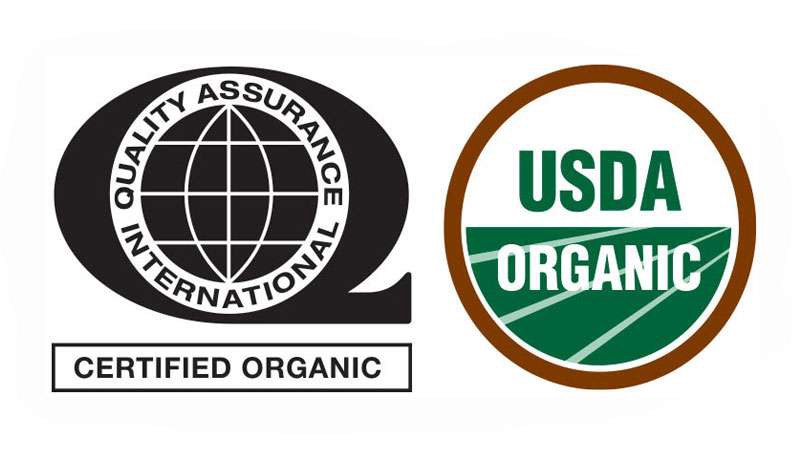
Any organic crop or product is called organic not because a manufacturer wants so. The label ?organic? suggests that they met a list of specific requirements. They are set by a corresponding agriculture department and supervised by third-party agents.
The USDA has the authority to allow or prohibit specific substances to be labeled as organic.
Obtaining a certificate can be divided into five stages:
- Choose an accredited certifying agent and apply for a certificate.
- After that, the agent will check if the activity of the company suits current organic regulations.
- Undergo inspection on-site.
- The certifying agent analyzes the application and the report to the state if an applicant meets all organic standards.
- Get an organic certificate.
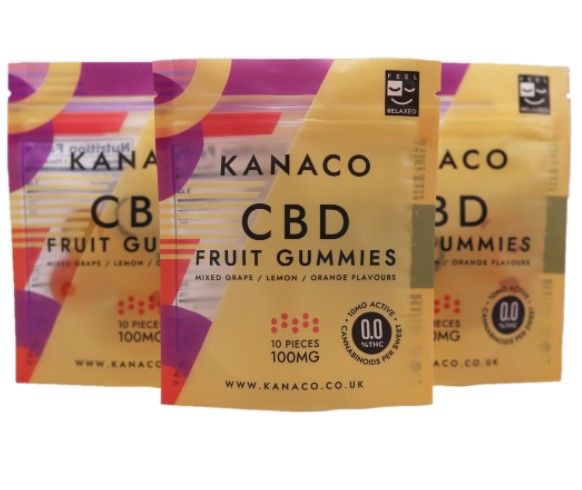 Kanaco CBD gummies bundle deal is a cost-effective way to purchase three packs of fast-acting colourful and tasty gummies and get the 3rd at a half price. Chewing CBD gummies is both delicious and effective: CBD will provide needed relief and unwind while 100% natural snack will supply needed CBD dose.
Kanaco CBD gummies bundle deal is a cost-effective way to purchase three packs of fast-acting colourful and tasty gummies and get the 3rd at a half price. Chewing CBD gummies is both delicious and effective: CBD will provide needed relief and unwind while 100% natural snack will supply needed CBD dose.
If you would like to reaffirm the status of products as organic, you will need to pass annual inspections.
In theory, it?s not difficult for farmers to obtain a certificate, but as far as practice is concerned, they have to work really hard. As we can see, the process of certification is complicated, time-consuming and, not to mention, quite expensive.
No surprise, that many companies, even those that produce high-quality products, comply with all standards and are entirely safe to use, are on no rush to receive a certificate of organic production.
The production itself is very costly, and to make their plants officially organic seems to add too much to the costs.
Conclusion
Let?s summarize all the above facts: Do we need COA before buying the item? Sure, nobody wants to buy a ?cat in a bag?. That?s why checking and understanding what you purchase directly affects your health.
Nowadays you can easily find all the info online, take your time and make sure you choose only good quality and legal products.
But don?t forget that COA may vary, that is why it?s very important to ensure that the product matches the provided certificate and the CBD and THC levels are within the norms.
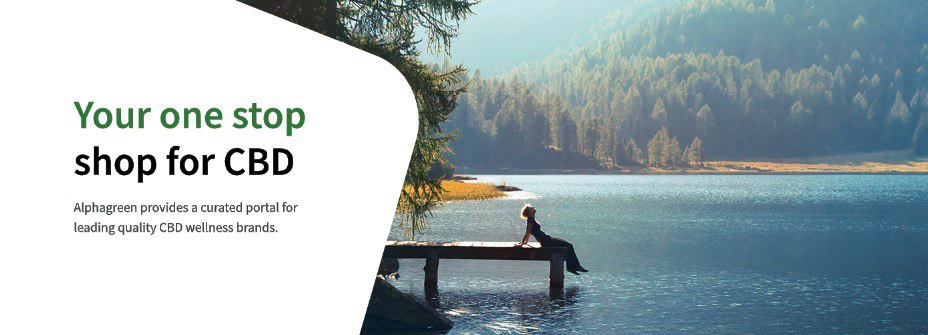 Explore the best CBD brands in the world
Explore the best CBD brands in the world
Of course, you don?t have to do such extensive research and examine COA, but the bare minimum that you should do is read the reviews of the company and a particular product.
We also need to keep in mind that it is quite a difficult and expensive journey for a manufacturer to be labeled as 100% organic which is partly why many companies choose not to go through this hassle.
Verified by a Healthcare Professional
Anastasiia Myronenko

Anastasiia Myronenko is a Medical Physicist actively practicing in one of the leading cancer centers in Kyiv, Ukraine. She received her master?s degree in Medical Physics at Karazin Kharkiv National University and completed Biological Physics internship at GSI Helmholtz Centre for Heavy Ion Research, Germany. Anastasiia Myronenko specializes in radiation therapy and is a fellow of Ukrainian Association of Medical Physicists.
This article includes the promotion of products and services sold on Alphagreen and affiliate links to other businesses.
Alphagreen and its materials are not intended to treat, diagnose, cure or prevent any disease. The information and products presented on this site are not intended for medical use nor do they make any medical claims. Always seek the advice of your physician or another qualified healthcare provider for any questions you have regarding a pre-existing medical condition, are pregnant and/or are breastfeeding, and before undertaking any diet, exercise or another health-related program.
References
https://www.ecwevents.com/blog/can-you-trust-your-cbd-brand
https://en.wikipedia.org/wiki/Cannabinoid
[UPDATED] What is a CBD Certificate of Analysis (& Why Do You Need One)?
https://www.shape.com/lifestyle/mind-and-body/how-buy-best-safe-cbd-products
https://citizentruth.org/what-is-a-cbd-certificate-of-analysis-coa-and-how-to-read-it/
https://royalcbd.com/why-cbd-oil-not-certified-organic/
https://greenvalleynation.com/cbd-info/how-to-read-a-cbd-lab-results-certificate-of-analysis-coa/
https://www.charlottesweb.com/blog/certificate-of-analysis
https://www.medicpro.london/cbd-lab-testing-uk/
Making Sense of CBD Certificates of Analysis – Product Guides
https://www.kazmira-llc.com/blog/how-to-read-certificate-of-analysis-of-industrial-hemp-derived-products/

